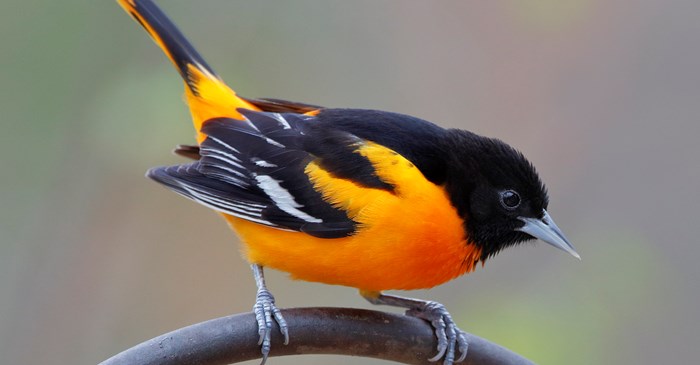Backyard birders rejoice at the coming of spring as many migrant birds return from their winter homes. These birds are back to seek mates and renew their territories, and if you take the right steps, you can entice them to stay into the spring and summer. Your backyard is your front-row seat for observing the delightful sights of peak bird season. Here are some answers to your spring birding questions:
When can I expect the birds back?
The date that seasons begin to change varies for each year and climate. If you live closer to the equator, at a lower elevation or closer to an oceanic coast, you’ll most likely see spring emerge sooner. Watch for signs of spring like emerging buds, early blooming flowers, longer days and warmer temperatures.
What should I do to prepare my bird feeders?
If you left your feeders out during a harsh winter, they may require a bit of restorative maintenance. Inspect them for any damage, like broken feeding ports, and make sure to clean the feeder inside and out. Consider adding a few more bird feeders to welcome the growing bird population.
What should I feed my spring birds?
Spring birds will enjoy all types of birdseed, but hulled sunflower seed and premium wild bird seed blends are two of your best options for attracting birds in the spring. These are both nutritious and tasty for your backyard birds and sure to attract a variety of birds to your feeder. You might also consider adding fresh fruit like apple chunks or orange halves as a special treat for your returning birds.
What about bird baths?
Although spring usually brings rain and puddles, birds will still seek a safe place to drink and take a bath. Clean and sterilize your birdbaths and put away any heating materials you used in the winter. Place your birdbaths near trees and bushes so birds will feel sheltered when they stop by.
Don’t wait to prepare your backyard for springtime's flurry of birding activity. Shop Lyric for all your bird food needs.
